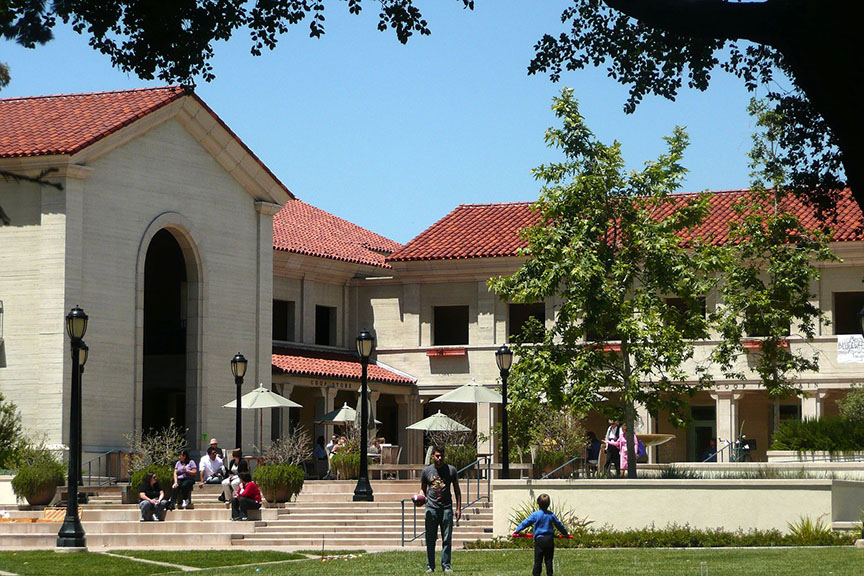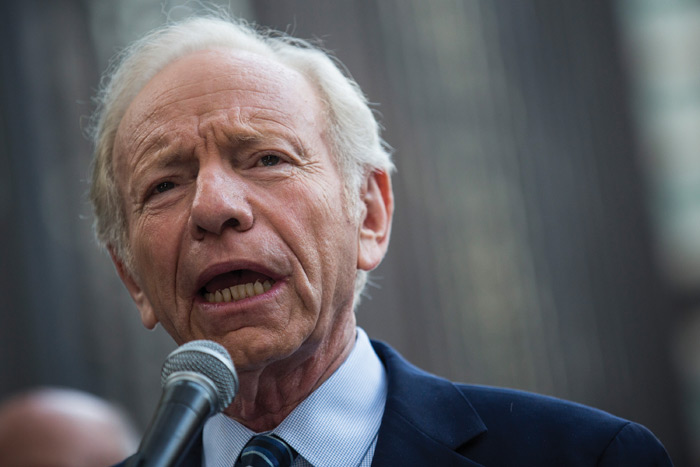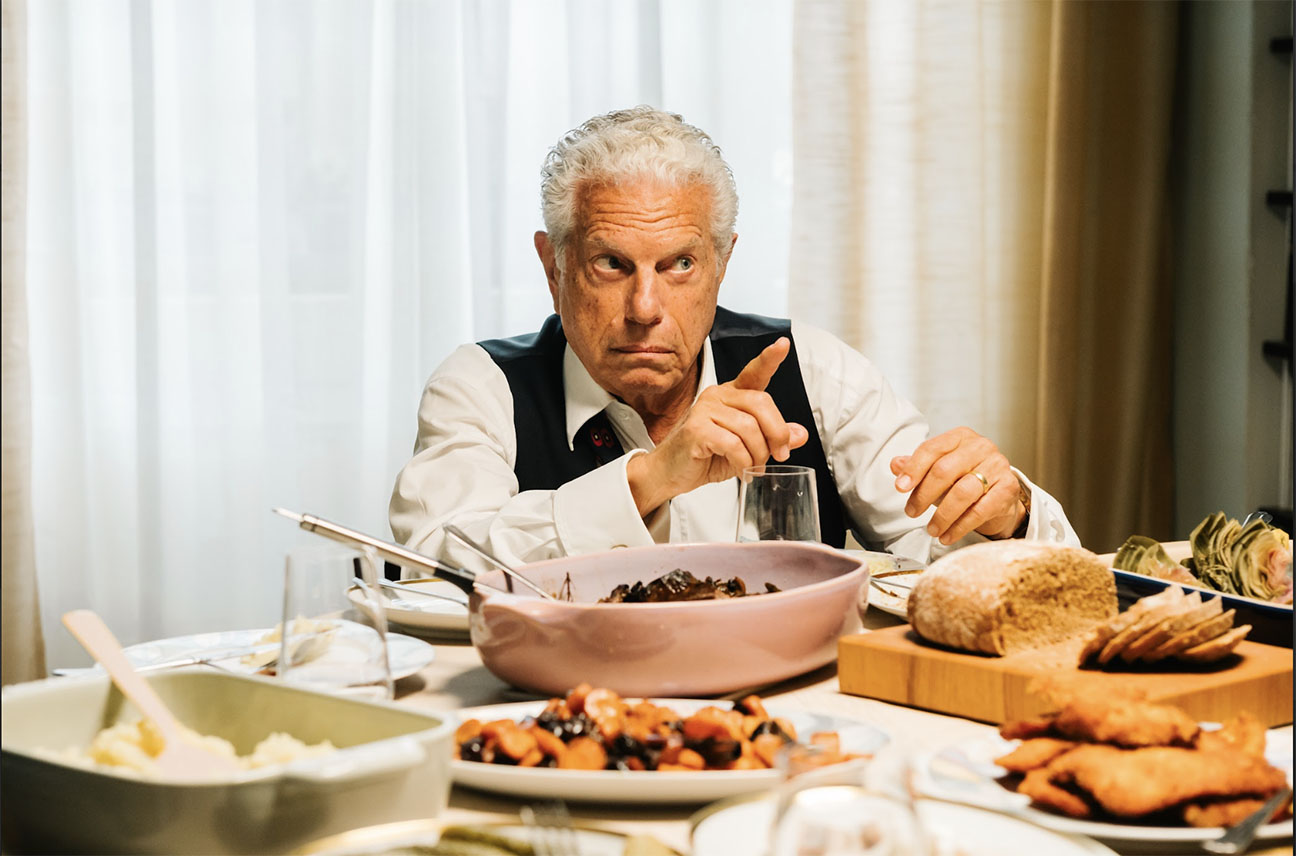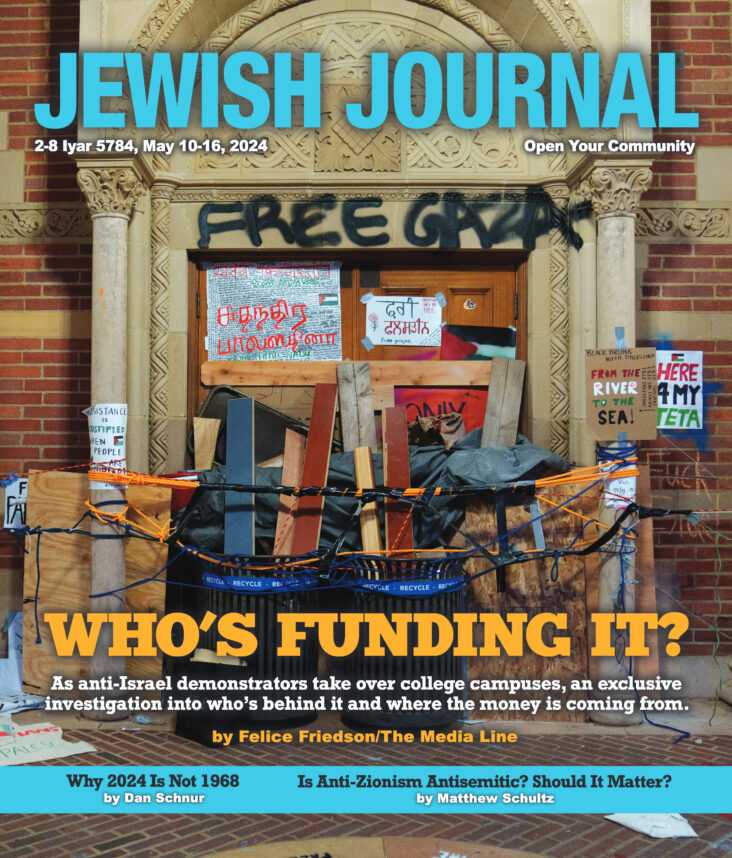Every Saturday afternoon, spot on 5 p.m., through the summer and into autumn, a squad of Jerusalem police clip-clopped on horseback past my house on Rehov Hanevi’im, the Street of the Prophets. Half an hour later, equally as prompt, dozens of fervently-Orthodox Jews in their Sabbath best gathered outside the Fresco fish restaurant, 100 yards up the road, and rioted till sunset.
The men, bearded patriarchs in long, black, tailored silk coats and cartwheel fur hats, sweltered piously in the hottest summer on record (up to 93 F). Their wives, wigged for modesty, sweated in floral prints with long sleeves and hems below the knee.
Small boys in black knickerbockers and velvet yarmulkes twirled their sidecurls and shrilled, “Shabbes! Shabbes!” whenever a car approached. Their elders took up the raucous refrain like a chorus from “Fiddler on the Roof.”
Sometimes they surged forward, jeering and leering. One week I watched an Arab family, visiting a nearby maternity hospital, turn tail and flee down the hill to the sanctuary of the Old City. If the Jews were having an Intifada, they wanted no part of it.
The police, with batons drawn, forced the rioters back — and were cursed as “Nazis” for their pains. Things turned doubly ugly when secular Israelis drove up and down with their radios blaring heavy metal in counter-demonstration.
The religious Jews were protesting that the Fresco, a cool oasis in a restored 19th-century mansion, served non-kosher Mediterranean seafood, and on the day of rest too. The restaurant, truth be told, is tucked between Prophets Street and Jaffa Road, the main drag of Jewish West Jerusalem. It interferes with no one’s Sabbath.
The rioters’ real aim was to close Prophets Street, which runs near, but not through, the Orthodox ghetto of Mea She’arim, on Saturdays. In a holy city where logic-chopping has been raised to an art form, such distinctions dictate how the rest of us live.
Last year the rioters forced the town council to close another main road, Bar-Ilan, on Saturdays. Bar-Ilan has been engulfed over the past decade by the synagogues and seminaries of an expanding Haredi suburb. They are less likely to succeed in Prophets Street, where the only ecclesiastical buildings are the Anglican School, a French convent and the Swedish Protestant Theological Institute.
The zealots campaign with total conviction and no scruples. Yeshiva students harass the Fresco throughout the week. On Fridays, they call 20 or 30 times, always from public phone boxes so that they can’t be traced. They book tables, then don’t turn up.
“They threaten to burn us down,” said Udi Me’iri, the 26-year-old chef and part-owner. “They threaten to smash up the place. They yell that cancer will consume us, that we’ll be struck by lightning.”
When Nurit Rosenberg, a 25-year-old waitress, answers the phone she is cursed as a whore. “One Friday,” she said, “I just cried.” Occasionally, the students come to the door and spit on her. They call her a shiksa. “It’s frustrating,” she confided, “it’s insulting, it’s humiliating.”
The Fresco is one of dozens of Jerusalem restaurants open on the Sabbath. In the Russian Compound, just as close to Mea She’arim, discos rock till dawn. According to a survey published last spring by the Committee to Uphold the Sabbath in Jerusalem, the number of businesses open on Friday night and Saturday has doubled in the past three years.
They logged 43 restaurants, 13 coffee shops, 26 pubs, nine night clubs, three cinemas, eight kiosks, six fast-food and takeaway shops, and 10 taxi ranks. A local paper counted another 30 eateries the committee missed. You have to book if you want to be sure of a table.
Jerusalem is at once a holy city and a capital city, the home of countless yeshivas, but also of the Knesset and the civil service, the Supreme Court, the Hebrew University and the Bezalel Academy of Art. Jewish tradition speaks of two Jerusalems, the heavenly Jerusalem and the earthly Jerusalem. Despite the aggravation, they find ways to coexist.
Thousands of art-lovers troop every Saturday through the Israel Museum. The box office is closed in deference to the Sabbath, but they buy tickets from a “private” van in the parking lot. Jerusalem is home to Betar, the national soccer champions. Its Sephardi fans are celebrated for going to synagogue on Saturday morning and the match in the afternoon.
Yet the zealots, about 30 percent of Jerusalem’s 400,000 Jews, are slicing away at the resistance. Demography is on their side. More than 50 percent of this year’s primary school intake was Orthodox.
Fresco’s gentle chef, Udi Me’iri, is pessimistic: “They take one street after another. A lot of my friends are moving to Tel-Aviv. We tried to negotiate with a more respectable delegation that came to see us. But they wanted us either to go kosher or close. The gap is so wide that I don’t think it can be bridged.”
In the Street of the Prophets, that has a ring of self-fulfillment.






















 More news and opinions than at a Shabbat dinner, right in your inbox.
More news and opinions than at a Shabbat dinner, right in your inbox.